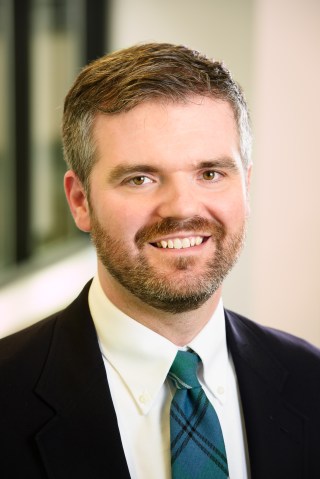
About Seven-in-Ten U.S. Adults Say They Need to Take Breaks From COVID-19 News
61% give equal attention to national and local coronavirus news.
Numbers, Facts and Trends Shaping Your World

Baxter Oliphant is a senior researcher at Pew Research Center, where he focuses on U.S. politics and policy research including partisan polarization, trust in government, gun policy and U.S. foreign policy. He received doctoral and master’s degrees in politics from Princeton University and holds a bachelor’s degree from Brigham Young University. His dissertation explored the impact of moral judgments on U.S. presidential elections. Before graduate school, he worked in political polling for campaigns and industry groups. Oliphant is a member of the American Association for Public Opinion Research and the American Political Science Association.